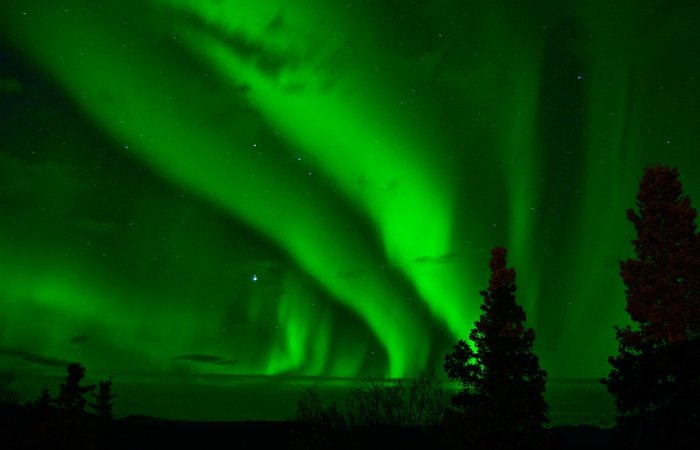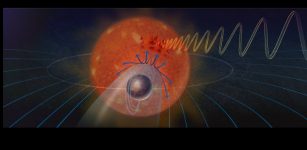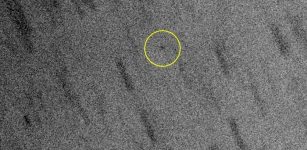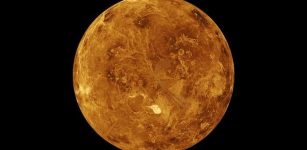Auroras From Direct Impacts To Earth’s Magnetic Field – Dangerous For Vital Infrastructure
Eddie Gonzales Jr. – MessageToEagle.com – Auroras have inspired myths for millennia. Today, we recognize their true power. They have forces that can induce currents that damage pipelines., roads, railways, bridges, tunnels, water supply, sewers, electrical grids, and telecommunications, including the Internet.
Image credit: Cheerfully_lost – Pixabay
Dr. Denny Oliveira of NASA’s Goddard Space Flight Center explained that “auroras and geomagnetically induced currents share similar space weather causes. Auroras visually indicate that space electric currents can generate these currents on the ground.”
“During severe geomagnetic storms, the auroral region can expand significantly,” according to Dr. Oliveira. “Its southern boundary, typically around 70 degrees latitude, can reach 40 degrees or lower during extreme events, as seen in the May 2024 storm—the most severe in 20 years.”
Lights, color, action
Auroras result from solar particles triggering geomagnetic storms or interplanetary shocks compressing Earth’s magnetic field. While more powerful shocks create stronger currents and auroras, frequent weaker shocks can also be harmful.
Oliveira noted that while the March 1989 geomagnetic storm caused severe damage to Canada’s Hydro-Quebec system, leaving millions without power for hours, weaker but more frequent interplanetary shocks can also threaten ground conductors over time. The research shows these events frequently generate significant geoelectric currents, deserving further study.
Head-on shocks to Earth are believed to create stronger geomagnetically induced currents by compressing the magnetic field more than angled shocks. Researchers studied how shock angles and timing affect these currents by comparing interplanetary shock data with readings from Mäntsäläa, Finnish gas pipeline in the auroral region.
Researchers have divided into three groups: highly inclined shocks, moderately inclined shocks, and nearly frontal shocks.
Frontal shocks lead to higher peaks in geomagnetically induced currents, both immediately and during subsequent substorms. The most intense peaks occurred near magnetic midnight, when the north pole was between the sun and Mäntsälä. This timing also coincides with localized substorms causing vivid auroral displays.
“Moderate currents occur shortly after the perturbation impact when Mäntsälä is around dusk local time, whereas more intense currents occur around midnight local time,” said Oliveira in a press release.
“One thing power infrastructure operators could do to safeguard their equipment is to manage a few specific electric circuits when a shock alert is issued,” suggested Oliveira. “This would prevent geomagnetically induced currents reducing the lifetime of the equipment.”
The scientists found no strong link between shock angle and its time to induce current. More recordings at various latitudes may be needed to explore this further.
Oliveira noted, “Our data comes solely from the Mäntsälä pipeline system, which, while critical, doesn’t offer a global perspective. Missing data also forced us to discard many events. We’d benefit from worldwide power companies sharing their data for scientific studies.”
Written by Eddie Gonzales Jr. – MessageToEagle.com Staff Writer











